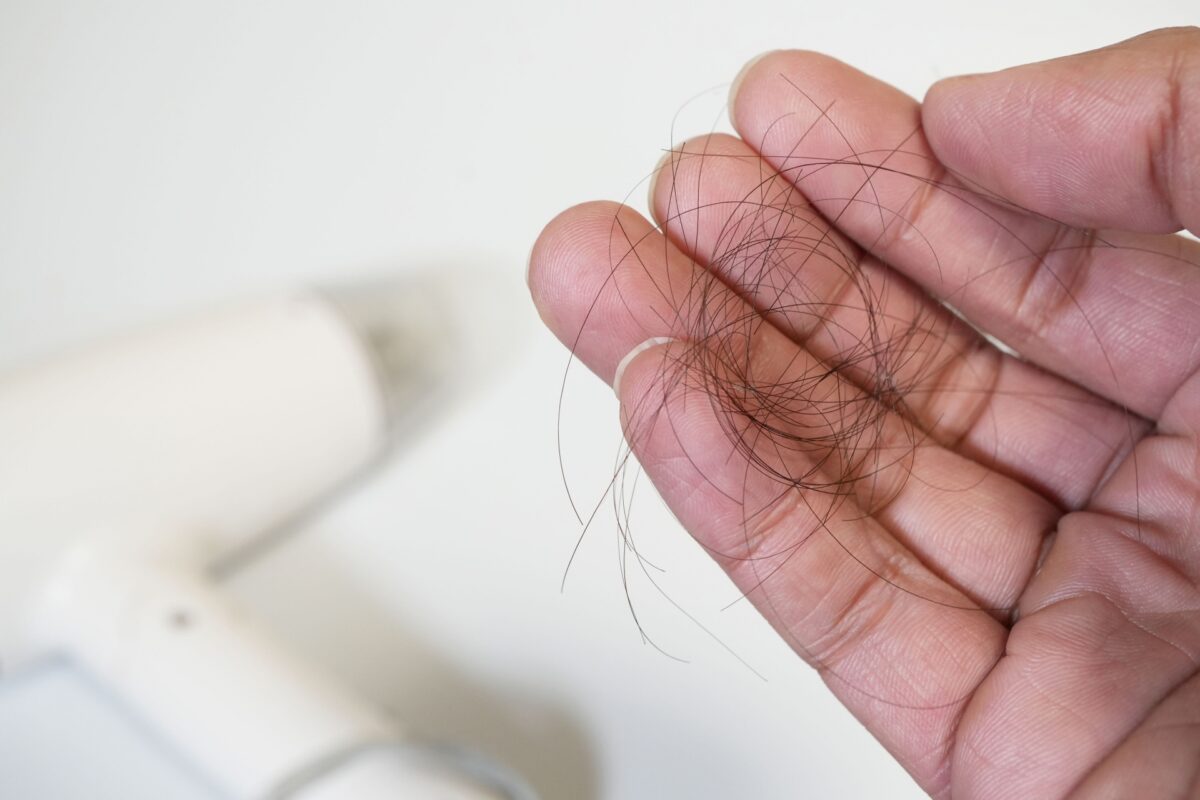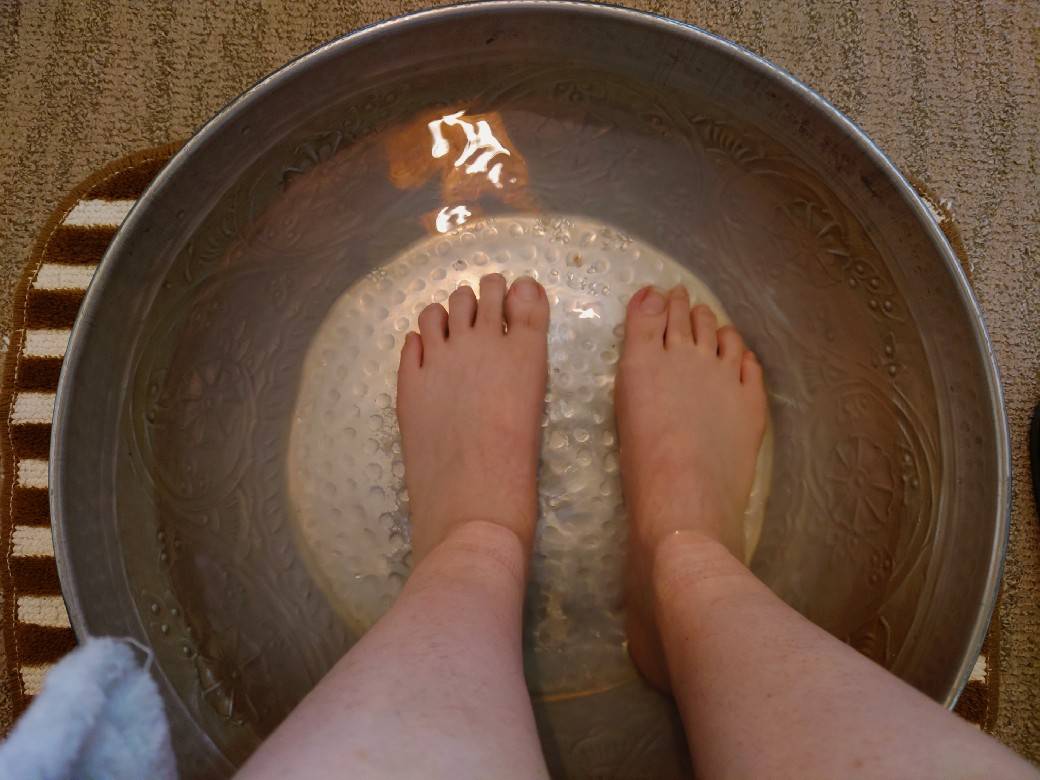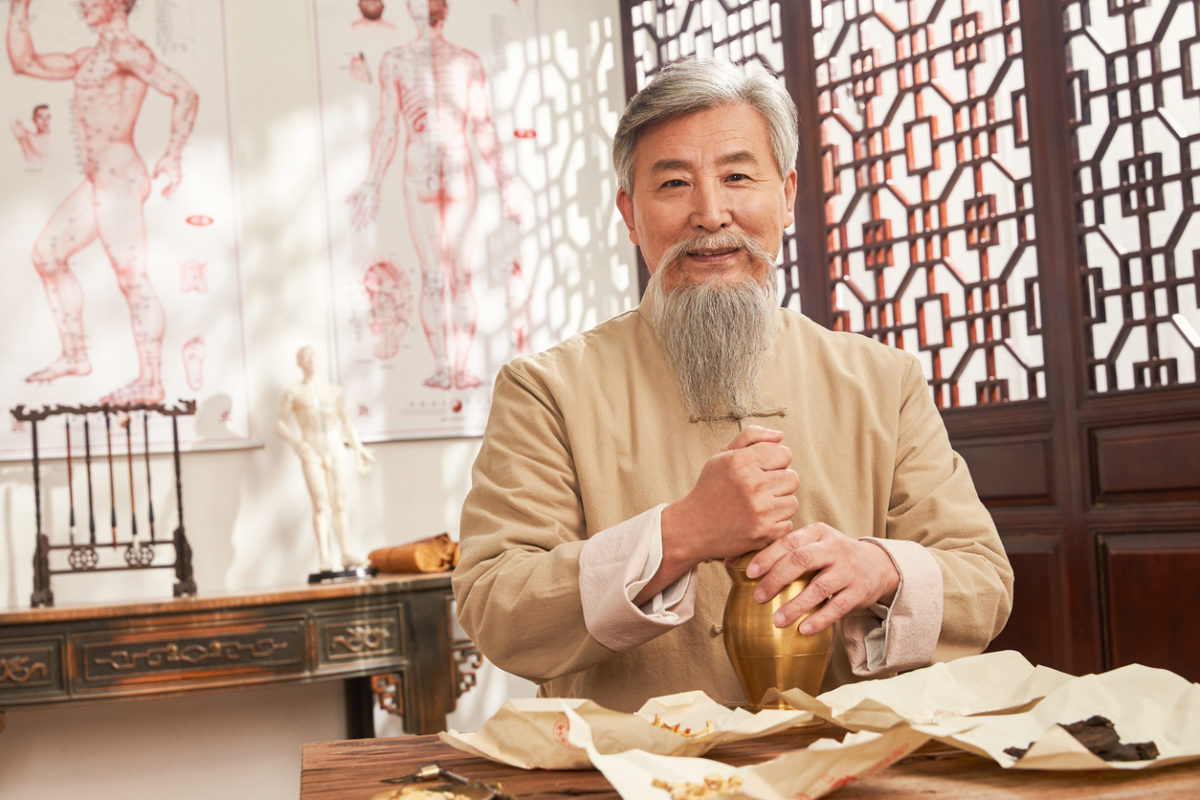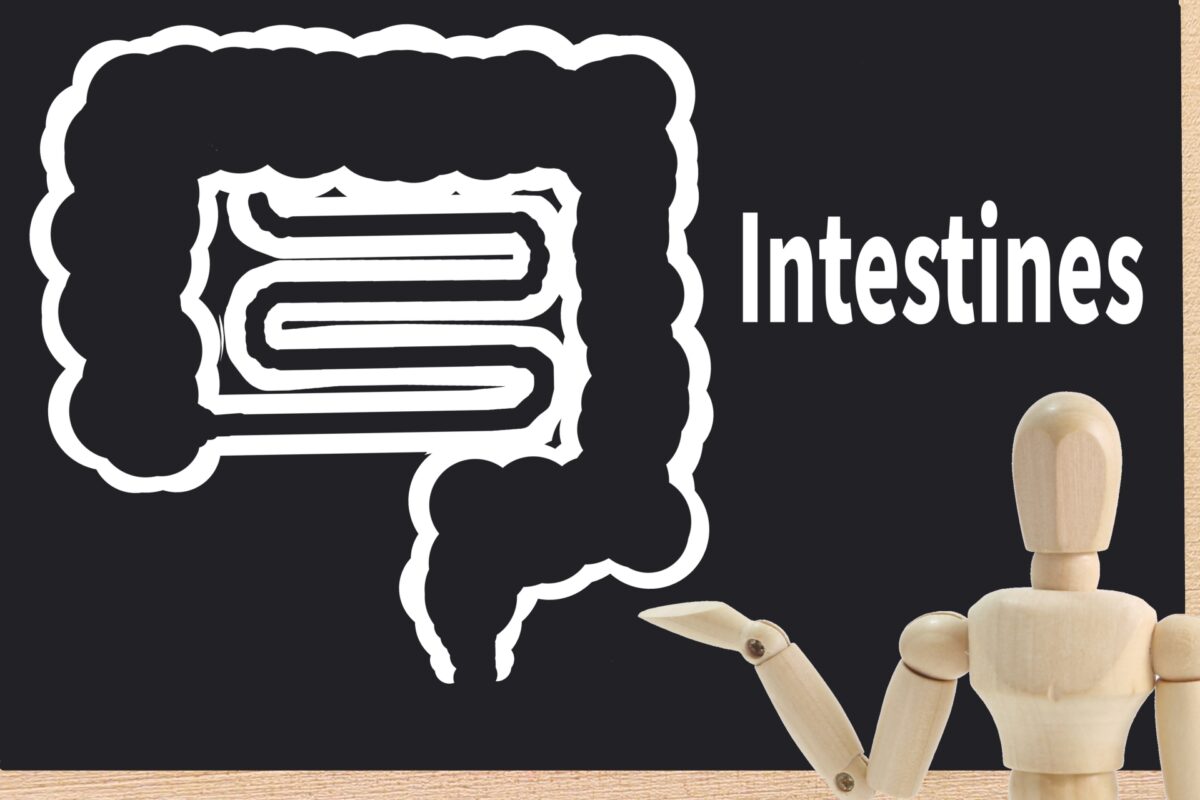Natural ways to prevent hair fall in women
By learning natural ways to prevent hair fall in women, you will avoid or mitigate hair loss and help you grow stronger hair in the future.
(1) Improvement of lifestyle
(2) Hair care
(3) No stress
Keep doing them every day and help your hair grow from within.
Even when you take medical treatment, you should take those natural care simultaneously.
No matter how much hair grows with the treatment, the hair may weaken again if you leave the underlying health condition not cared for.
Hair is also a barometer of health, so caring for hair from within means caring for your whole body’s health.
I will tell you what to do specifically about the above three natural ways to prevent hair fall in women.
Improvement of lifestyle
Diet, sleep, and exercise are essential natural ways to prevent har fall through improvement of them.
When it comes to diet, the following nutrients are said to be particularly good for hair:
Protein (animal/vegetable)
Vitamins (B group, A, D, E, K)
Minerals (iron/zinc)
Protein is the hair material, and other nutrients work to smooth metabolism and balances female hormones.
Especially when you’re in your 40s and 50s, you’re eating less, so try to be conscious of how much you eat to have a well-balanced diet.

Also, the secretion of growth hormone, essential for hair growth, is affected by sleep time and quality.
Go to bed at least before the date changes, and aim for a solid 6-7 hours of sleep.
In addition, 2 to 3 times a week is OK, so moving your body for about 20 minutes at a time is ideal.
Metabolism and blood flow to the scalp will also improve, and sleep quality will improve.
Hair care
Hair care is so vital that they say, “healthy hair comes from a healthy scalp.”
However, I don’t recommend blindly buying hair care goods and trying everything.
It may worsen the scalp environment if it is not suitable for you.
Rather than which hair care product you use, the important thing is to acquire a shampoo method to keep your hair and scalp clean. It is the point as one of the natural ways to prevent hair fall.
Before shampooing, lightly brush to remove dirt, and then pre-wash with warm water to remove dirt without applying any force during shampooing.
By the way, the temperature of the hot water should be around 38-42°C.
In addition, it is crucial to wash the shampoo gently by massaging the scalp.
The final rinse should be about three times as long as the shampoo, especially the nape and the back of the head, which people often forget to rinse.
No stress
Stress has various effects on the body, so much so that it is said to be the “source of all kinds of illness.”
Lack of blood flow to the scalp caused by the disturbance of the autonomic nerves can lead to hair loss and even hair quality deterioration. So, caring for stress is also one of the natural ways to prevent hair fall.

If you know the cause of your stress, you should keep yourself off it. But there may be situations that you can’t do.
In such a case, do what you like and try to vent regularly.
Communication with like-minded people
move the body
Try watching a movie or reading for a change
Travel
Etc.
It doesn’t matter what you do. So please create a hobby or enjoyment and use it to relieve stress.
A natural way to prevent hair fall through hormone balancement
Juveriente®’s Effisoy, launched in 2016, based on fermented soy bean germ extract has been loved as a natural menopause relief since its launching in 2016.
Its primary function is to boost the weakened synthesis of a hormone precursor, DHEA. It’s safe as it only heals the natural synthesis function. The hormone boost doesn’t provide the only relief from menopausal symptoms. But, it also supports various aging issues and increases metabolism, which leads to weight loss.
Here are some of the real product reviews in our Amazon shop.
“Restful sleep finally!!”, “I Am Now Free of Hot Flashes!!”, “Lifesaver”



















